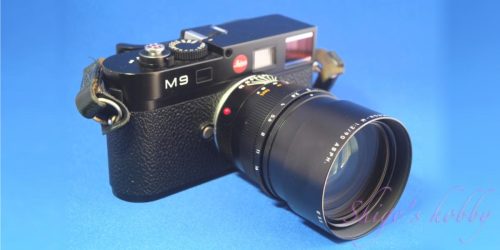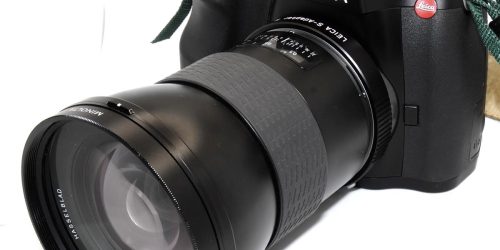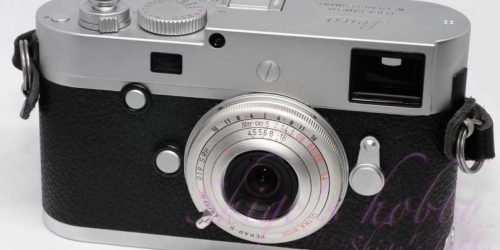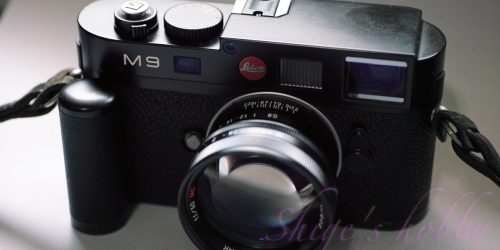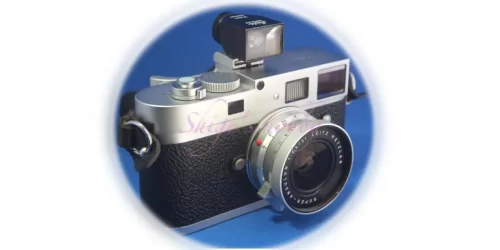Ms-Optics APOQUALIA 35mm F1.3 SLIM
Review and Photo example of the APOQUALIA 1.3/35 SLIM.
Table of contents
Gallery
- Sample photos taken with the Leica M-P
Review
The APOQUALIA 35mm F1.3 is a large-diameter wide-angle lens that uses a Gaussian lens format. The old model APOQUALIA had an aperture of F1.4, and this lens has the same lens configuration as the old model, but it is thought that it has become brighter with F1.3 due to detailed adjustments.
This was also the case with the first generation APOQUALIA 35mm F1.4, but when the aperture is wide open, the light reduction in the four corners is noticeable. When backlit, a flashy flare may appear.
Focusing with the aperture wide open is really difficult, and when matching double images, you almost never get what you want, and even if you use the EVF’s focusing magnification, you may end up with an image that is questionable as to whether it is really in focus. If you stop down to F2, it will improve considerably, but it’s a shame that the bright F1.3 value is almost unusable.
- I wrote the above before reading Mr. Miyazaki’s warning, but my impressions are consistent with Mr. Miyazaki’s assertions.
- I never imagined that this lens would shift the focus plane to find what’s best for the photographer.
- Mr. Miyazaki’s ideas are surprising, and I think this is a phenomenon that can be identified precisely because we live in a digital age. It seems likely that the accuracy of a film camera would not be able to confirm that much of a difference.
Regarding the above, Mr. Miyazaki warns us about this lens.
There is an article on the MK Direct blog on December 29, 2021, so I will link it.
I think you can read the link in Japanese, but I have included my translation in English.
About Apoqualia 35mm F1.3(Link destination is Japanese)
English translation of Mr. Miyazaki’s warning.
- Note
- About this lens
- Regarding this lens of ours, many people have returned it due to “defective focus” due to lack of understanding of the hearing-impairing design from aperture to F2.
- The concept of this lens is
- f1.3-f2 set to soft image
Current lenses have the same sharpness and contrast both wide open and F4-5.6, and there is little change in image quality depending on the aperture (it is a boring honor lens)
This lens uses negative spherical aberration to separate the best contrast position and best sharpness position (0.1% to 0.15%).
Focusing on the front gives good contrast, focusing on the back gives good sharpness, and the focus position is set somewhere in between.
During this time, customers can select the image quality and choose their preferred depiction.
With a digital camera, you can check the results immediately, so you can freely adjust the focus position.
At f2.4-f4, the soft contrast characteristics are lost, and the best positions for sharpness and contrast are aligned, approaching modern lenses.
This lens has been changed from the fixed lens barrel of all models to a collapsible lens barrel, and when the lens is collapsed, the thickness is 10.2 mm, making it compact and easy to store. As for the dissatisfaction, the aperture control lever has been moved to the base of the lens barrel, which eliminates the need to change the aperture value inadvertently when shooting or storing the lens, but it does make it difficult to change the aperture. It is also disappointing that the design of the collapsible lens barrel, which prioritized compactness, lacks a level of sophistication due to the limitations of the collapsible gimmick.
The lens collapsible mechanism is difficult to operate outdoors, so I always use it in a fixed state without collapsing it.
Although it has not been introduced on this site yet, in Ms-optics’ large-diameter 35mm series, REIROAL 35mm / F1.4, which was created by MAP CAMERA at the request of Ms-optics, has a beautiful appearance, aperture operation, and focus ring. It has a high degree of perfection in all aspects including operability. REIROAL was more expensive than APOQUALIA, partly because MAP CAMERA was added to the price.

When I used it with the medium format digital sensor (44mm33mm sensor) of HASSELBLAD X2D, the image circle was completely insufficient. There is no change even when you stop down, so using it with medium format sensor cameras such as X2D and GFX is outside the specifications. When we examined the usable range of images with the aperture wide open, we found that out of the X2D’s original pixels of 11656 x 8742, 9045 x 6783 seemed usable. When converted to sensor size, it was calculated to be approximately 34.1mm x 25.6mm. From this calculation, we can see that the image circle of this lens is properly aligned with the 35mm full-frame sensor (36mm24mm).
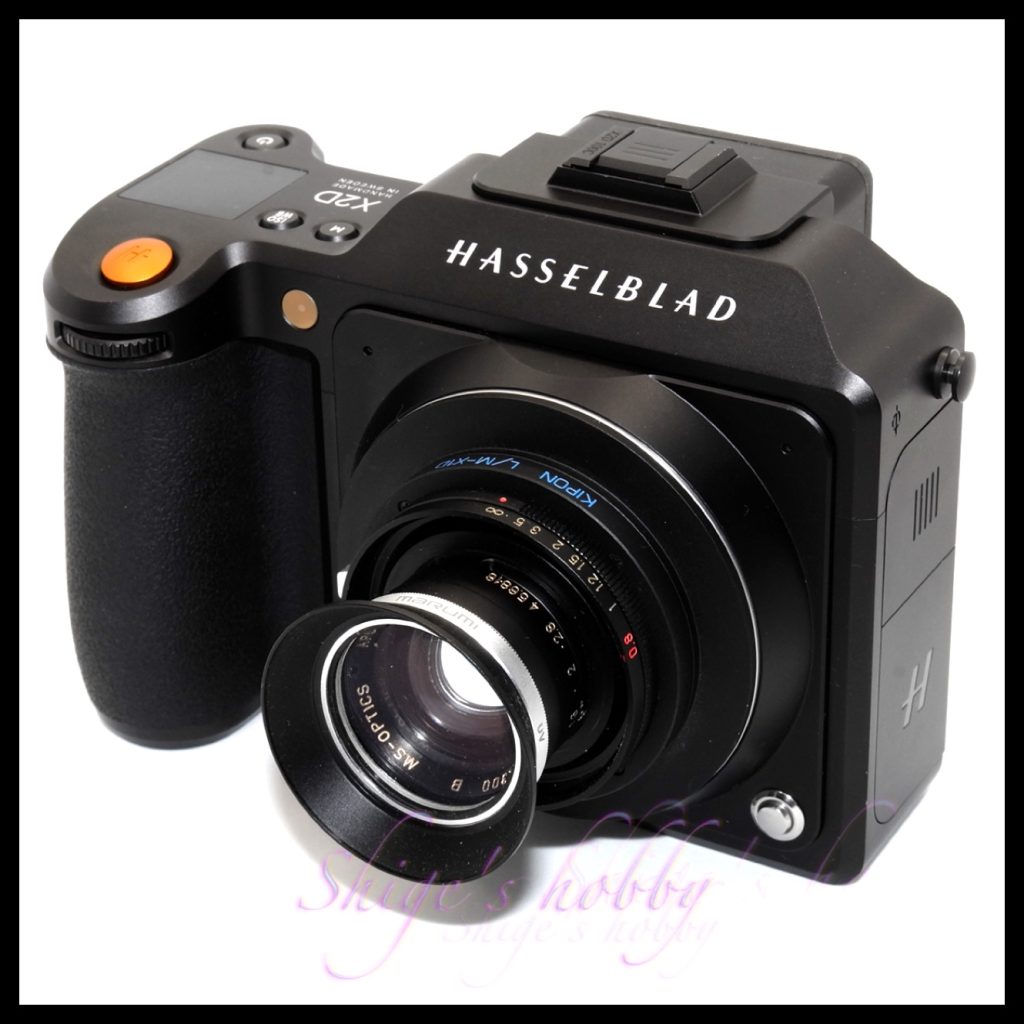
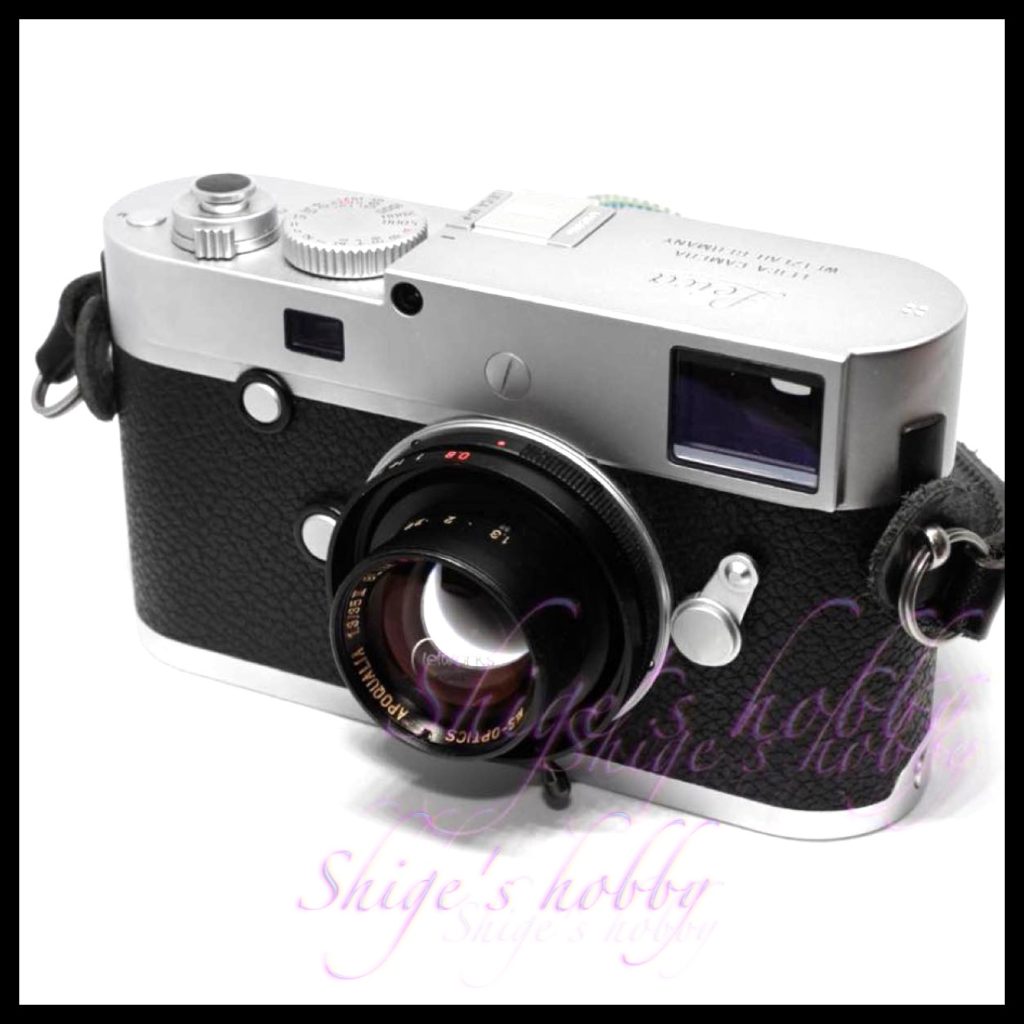
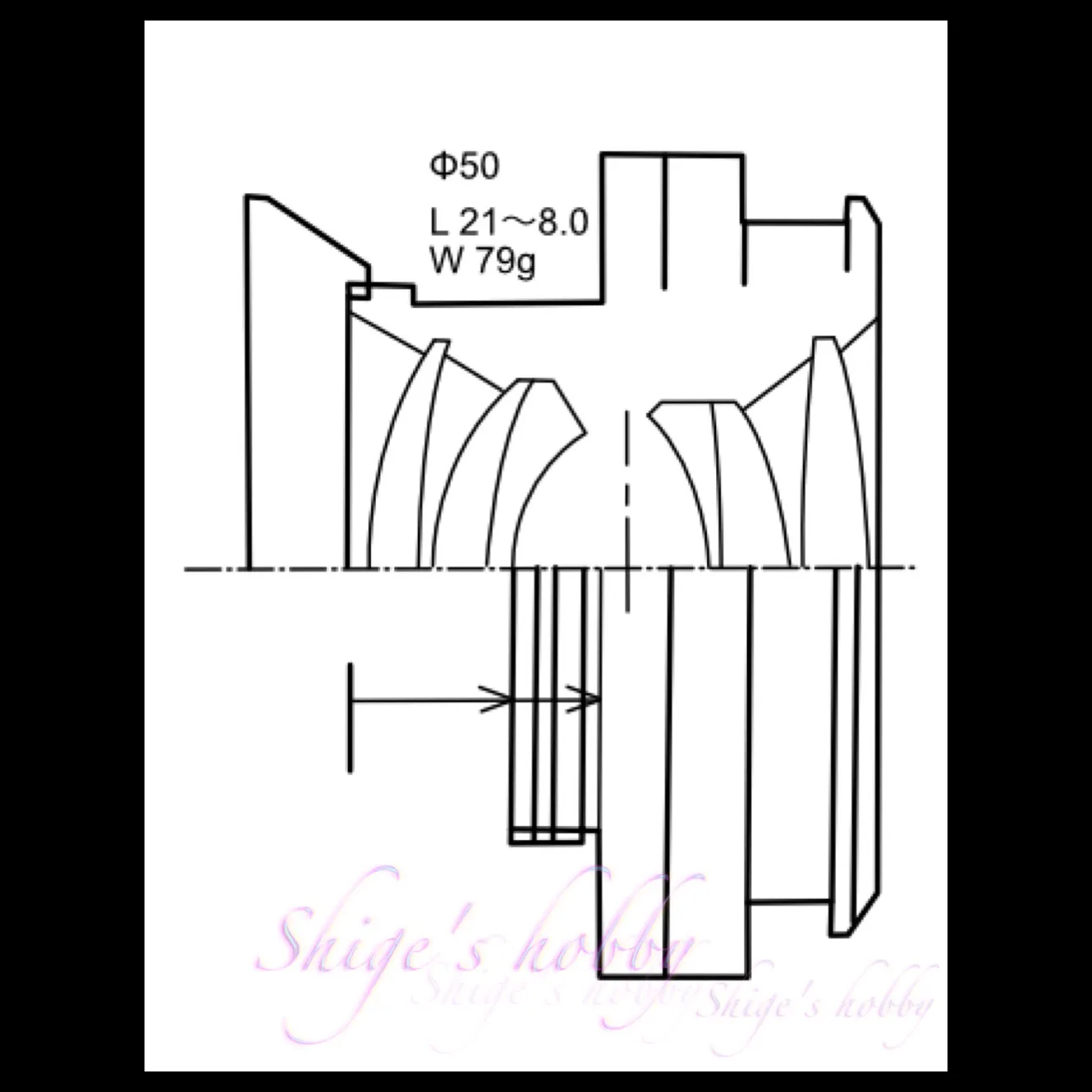
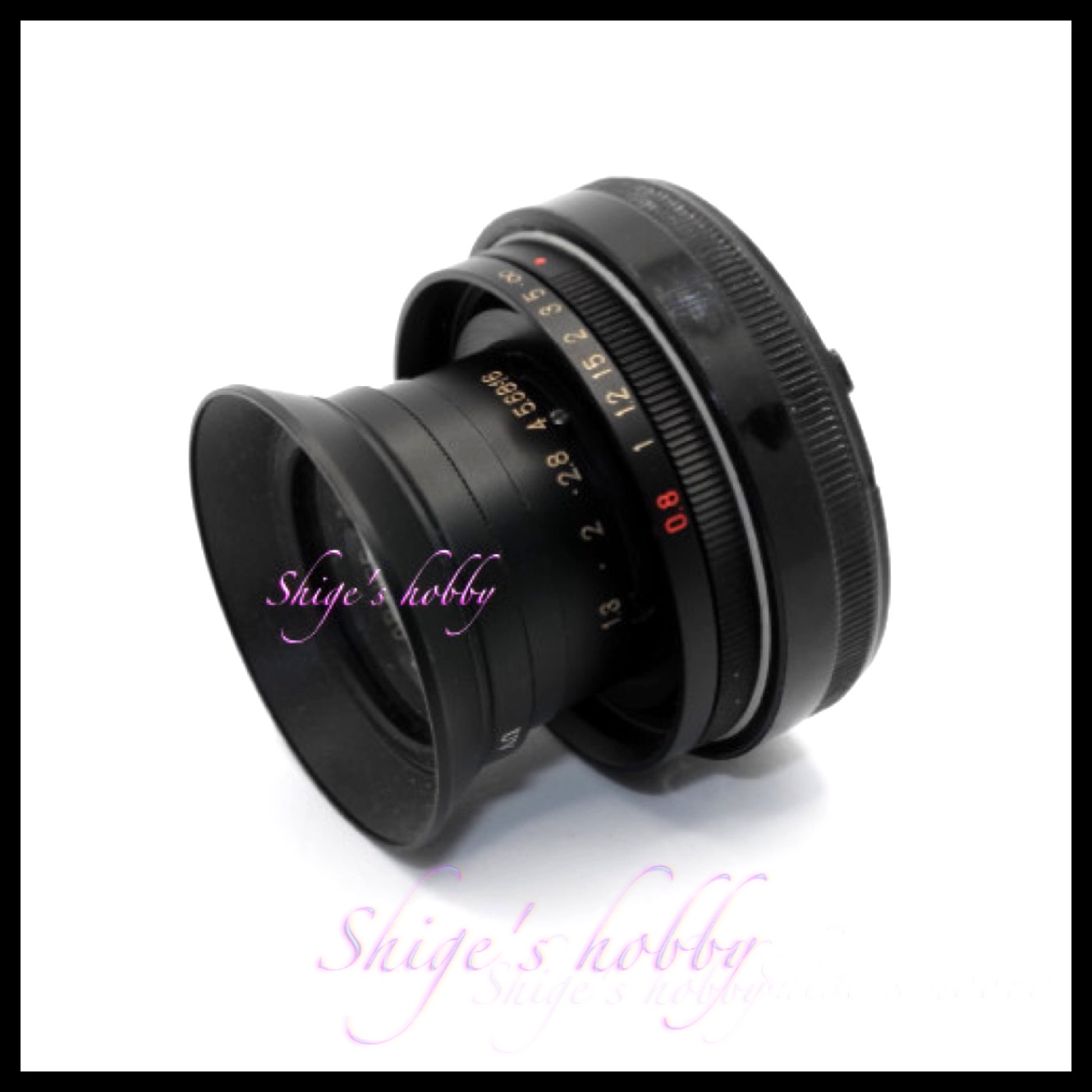
Specification
| Item | Value | note |
| focal length(mm) | 35.8 | |
| Maximum aperture | 1.3 | |
| Minimum aperture | 16 | |
| Lens configuration | 4groups 6elements | Gauss type |
| Minimum distance(m) | 0.6 | Works with the camera’s rangefinder from 0.8m to infinity. |
| Lens length(mm) | 21 | |
| Lens max diameter(mm) | 50 | |
| Filter diameter(mm) | 34 | Screw pitch 0.75mm / Reverse mounting |
| Weight(g) | 72 |
Reference links
Update history
- 2024.03.13
- 2022.12.21
Affiliate links
- Some external links are advertisements and clicking them may generate income for the site administrator.

